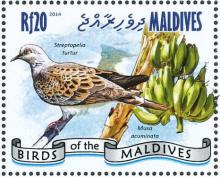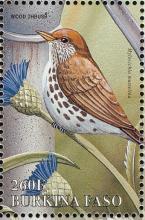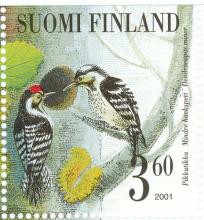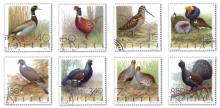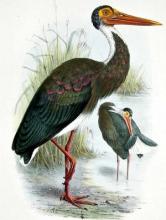De zomertortel verdwijnt als broedvogel uit Nederland
Midden jaren zeventig werd de broedpopulatie van de zomertortel (Streptopelia turtur) geschat op 35.000 to 50.000 paar en kwam de soort nog bijna overal in Nederland voor. Eind jaren negentig was de broedpopulatie sterk ingezakt, naar 10.000 tot 12.000 paar. In de periode 2008-11 broedden nog maar 5.000 paar in ons land. Veldwerk dat in 2013-15 voor de nieuwe Vogelatlas van Sovon Vogelonderzoek Nederland is uitgevoerd toont een nog schrijnender beeld. Het zou zomaar kunnen dat we niet veel verder komen dan hooguit 2.000 broedpaar.

